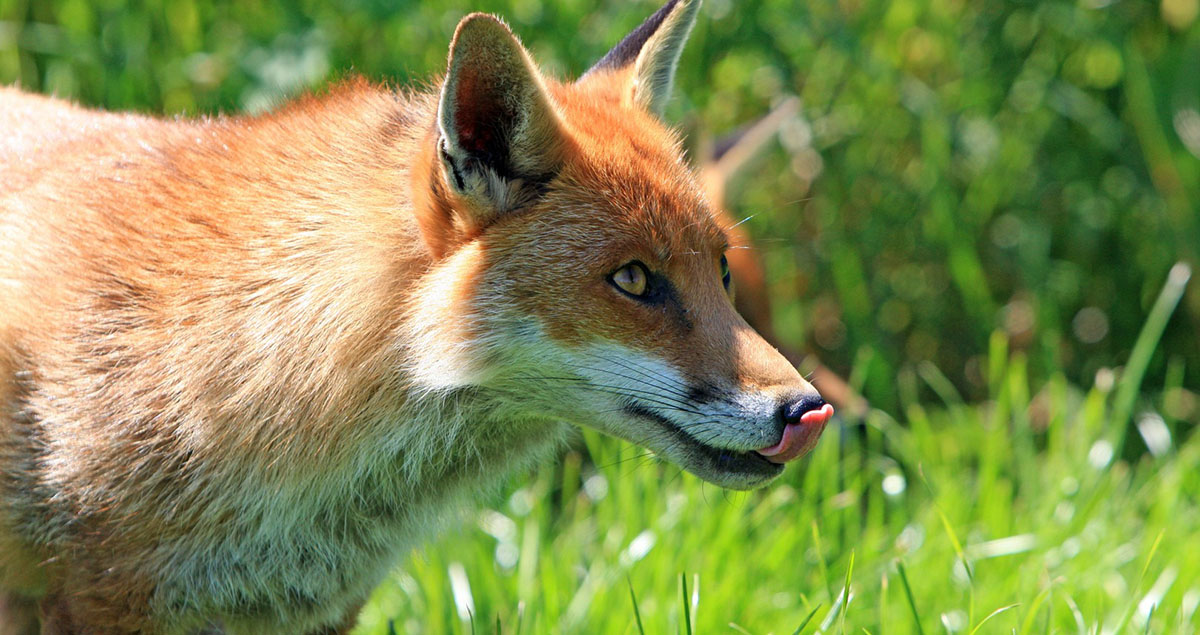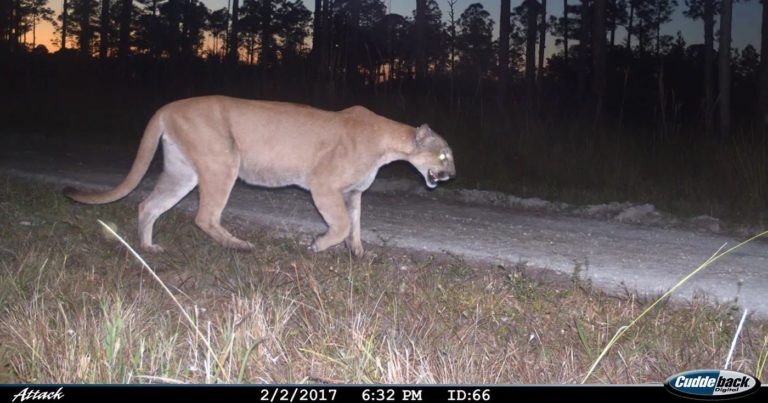Red Fox vs. Gray Fox: Georgia’s Two Fascinating Fox Species
Georgia is home to a diverse array of wildlife, and among them are two fascinating species of foxes – the red fox and the gray fox. In this comprehensive article, we’ll explore the unique characteristics of each species, their behavior, and their impact on the ecosystem before delving into their similarities and differences.
The Red Fox
Appearance
The red fox (Vulpes vulpes) is the larger of the two species, with an average length of 35 to 40 inches and a weight between 7.7 to 15.4 lbs. Their fur is predominantly reddish-orange, with a white underbelly, black legs, and a bushy tail with a distinctive white tip. Red foxes also have large, triangular ears that aid in detecting prey and communicating with other foxes.
Preferred Habitat
Red foxes are highly adaptable and can be found in a variety of habitats throughout Georgia. They thrive in mixed landscapes, such as open fields, wooded areas, and even urban environments. However, they prefer edge habitats, which are transitional areas between different ecosystems. These habitats provide ample cover for hiding and nesting, as well as diverse food sources.
Diet
Red foxes are opportunistic omnivores, with a diet that consists of small mammals (such as rodents and rabbits), birds, insects, fruits, and even carrion. Their adaptability allows them to exploit a wide range of food sources depending on availability. Red foxes have also been known to scavenge from human food sources, particularly in urban areas.
Behavior and Communication
Red foxes are primarily nocturnal, although they can sometimes be seen during the day. They communicate with each other through a range of vocalizations, including barks, screams, and whines. They also use body language and scent marking to convey information about territory, breeding status, and potential threats.
Life Cycle
The red fox breeding season in Georgia typically occurs from January to February. After a gestation period of about 53 days, the female gives birth to a litter of 2 to 12 kits. The kits are weaned at around 8 to 10 weeks and will stay with their parents until fall, when they disperse to establish their own territories. Red foxes have a lifespan of around 3 to 4 years in the wild, although they can live longer in captivity.
The Gray Fox
Appearance
The gray fox (Urocyon cinereoargenteus) is smaller, measuring 30 to 44 inches in length and weighing between 7 to 13 lbs. As the name suggests, gray foxes sport gray fur on their back, with a white underbelly, reddish-brown patches on their face and legs, and a black stripe running down the top of their bushy tail. Gray foxes also have smaller, more rounded ears than red foxes.
Preferred Habitat
Gray foxes are more closely associated with wooded areas and prefer dense forest cover. They are skilled climbers and can often be found resting in trees or escaping predators. Unlike red foxes, gray foxes are less likely to be found in urban settings. Their agility in climbing trees allows them to exploit food sources and escape from predators that other fox species cannot.
Diet
Gray foxes also have a varied diet, though they tend to be more frugivorous. They consume small mammals, birds, insects, and a significant amount of fruit, especially in the warmer months. Their climbing abilities allow them to access food sources unavailable to their red counterparts. Gray foxes also play a vital role in seed dispersal within their forest habitats, as the seeds of the fruits they consume are often spread throughout the environment in their droppings.
Behavior and Communication
Like red foxes, gray foxes are primarily nocturnal, with the majority of their activity occurring during dawn and dusk. They communicate using a variety of vocalizations, such as barks, yips, and whines. Gray foxes also rely on scent marking and body language to convey information about territory, mating status, and potential threats.
Life Cycle
Gray foxes mate between January and April, with a gestation period of approximately 53 days. They give birth to a litter of 1 to 7 kits, which are weaned at around 10 weeks. Like red foxes, gray fox kits remain with their parents until fall before venturing out on their own. Gray foxes have a similar lifespan to red foxes, with most living around 3 to 4 years in the wild, although they can live longer in captivity.
Similarities and Differences
Similarities
Both red and gray foxes are nocturnal, with the majority of their activity occurring during dawn and dusk. They share similar life cycles, breeding habits, and have overlapping diets. Both species are also known for their adaptability and resourcefulness, which allows them to thrive in a variety of habitats.
Differences
While they share some similarities, red and gray foxes differ in appearance, habitat preferences, and the extent of their adaptability to human-altered environments. Gray foxes are more closely associated with forested areas, whereas red foxes can be found in more diverse habitats, including urban areas. Gray foxes are also more skilled climbers, which allows them access to food sources and escape routes that red foxes cannot utilize.
Impact on the Ecosystem
Both red and gray foxes play essential roles in Georgia’s ecosystems, as they help control populations of small mammals and insects. By preying on rodents and other small mammals, they contribute to maintaining a balance within their environment. Additionally, gray foxes contribute to seed dispersal through their frugivorous diet, promoting the growth and spread of various plant species in their habitats.
Final Thoughts
Georgia’s red and gray foxes are fascinating creatures that play an essential role in the state’s diverse ecosystems. By understanding and appreciating these intriguing animals, we can better protect and conserve their habitats, ensuring that they continue to thrive in the beautiful natural landscapes of Georgia for generations to come.
With their unique characteristics, behaviors, and contributions to the environment, these foxes will continue to captivate the hearts and minds of nature enthusiasts and wildlife lovers alike.

